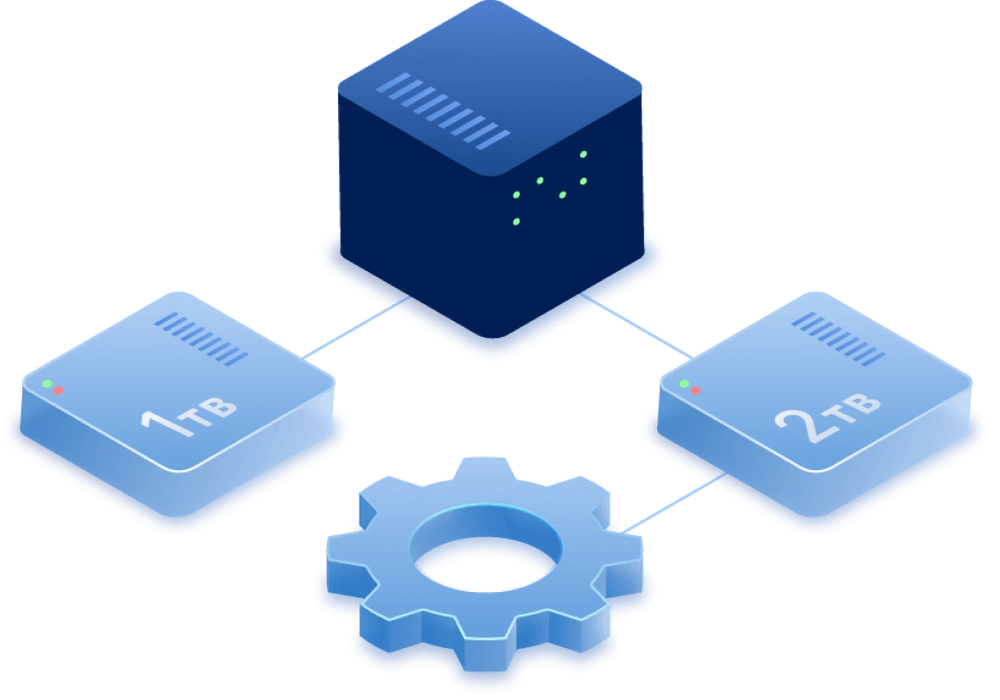
Eventually I decided to take a different approach and so far, it has worked perfectly. I found that the device manager would hang once, twice, sometimes even three times while my devices were being detected, forcing a hard reboot (holding down the power button). I came back to this problem again as I tested my image on a different machine, and unfortunately the same problem occured where winxp would not detect my usb drivers. Then continue as normal for your restore. It should generate a list of alot of different keyboard / mouse combinations in the drivers list if it worked ok. You only need to use add once as it will collect all drivers in that folder. Afterwards, during universal restore, force the install of the keyboard and mouse drivers by adding them (click add -> select keyboard.inf from the folder which contains these files) in the first dialogue that comes up after selecting to use universal restore. To do this, copy the following into a folder from c:\windows\inf : msmouse.inf, keyboard.inf, layout.inf. Īs for your problem, it seems to be a win2k problem you may be able to fix it by forcing the mouse drivers to be installed earlier though. Below is a link to apply the fix which I had found on a different forum. This seems to affect usb hub specifically, and after fixing it, worked perfectly on my test machine. As it turns out, winxp was crashing during device driver install because registry permissions were somehow set to read only for administrator account, rather than full control as it should be. The utility finds and installs drivers for devices that are critical for the operating system start-up, such as storage controllers, motherboard, or chipset.I've solved my issue, but I don't think its the same as what you are experiencing with win2k. This is because the new hardware is incompatible with critical drivers included in the image. However, if you try to do it on a dissimilar hardware, the recovered system will fail to boot.

What problem does it solve?Ī system disk image can be restored easily on the hardware where it was created or to identical hardware. This may be useful, for example, after replacing a failed motherboard or when deciding to migrate the system from one computer to another. Use this utility when recovering your system disk to a computer with a dissimilar processor, different motherboard or a different mass storage device than in the system you originally backed up. Acronis Universal Restore allows you to create a bootable system clone on different hardware.


 0 kommentar(er)
0 kommentar(er)
